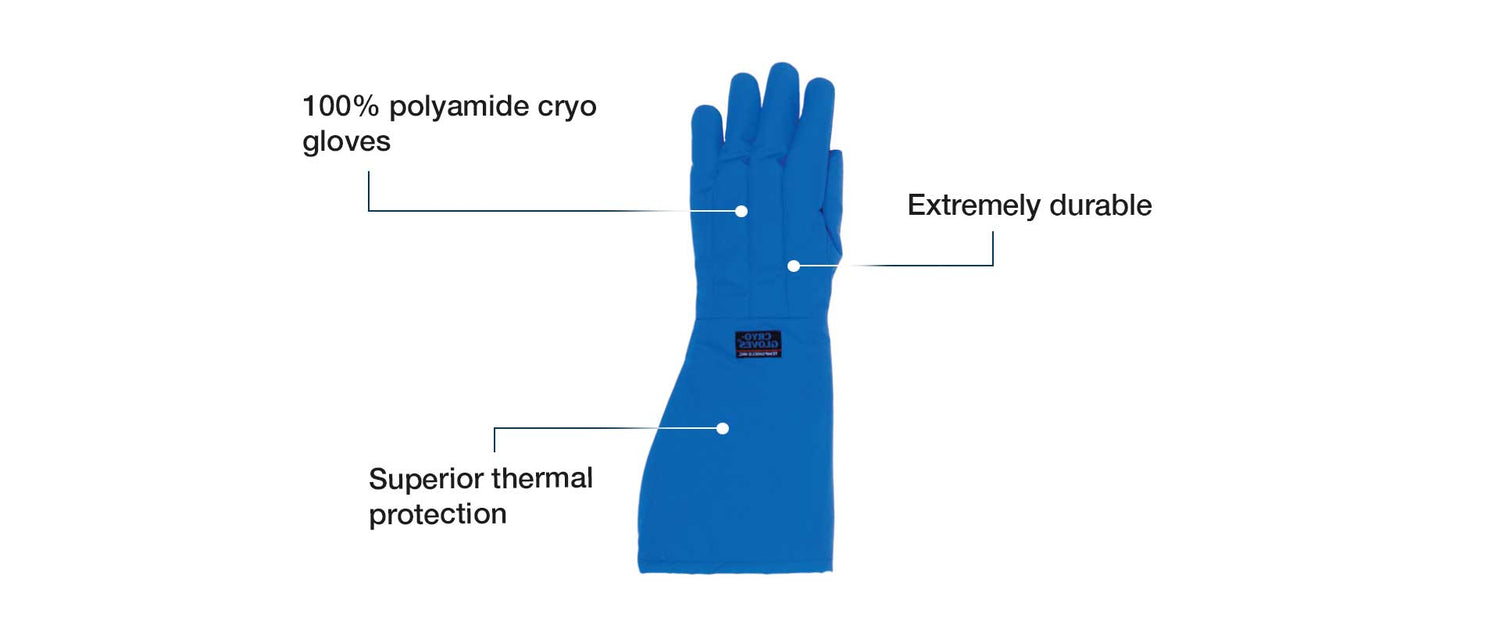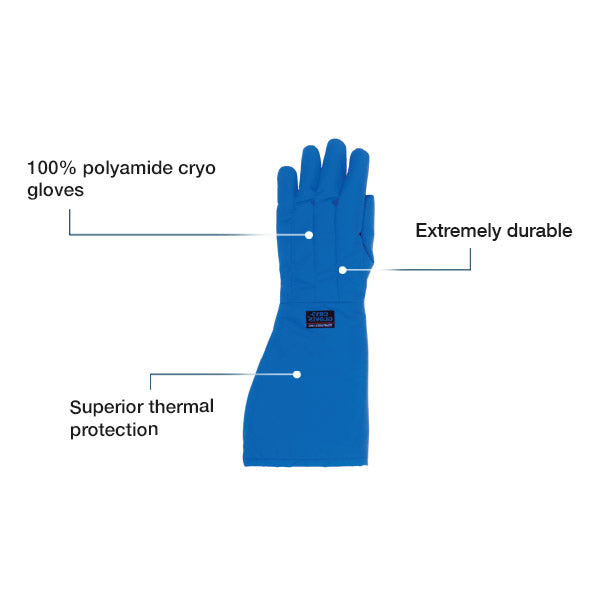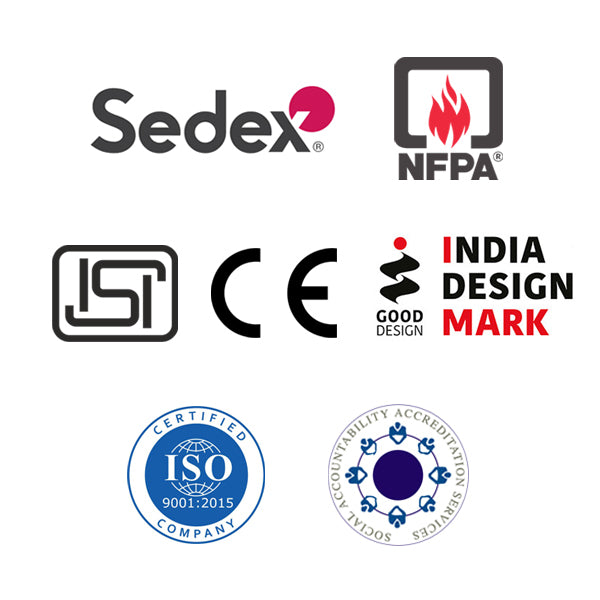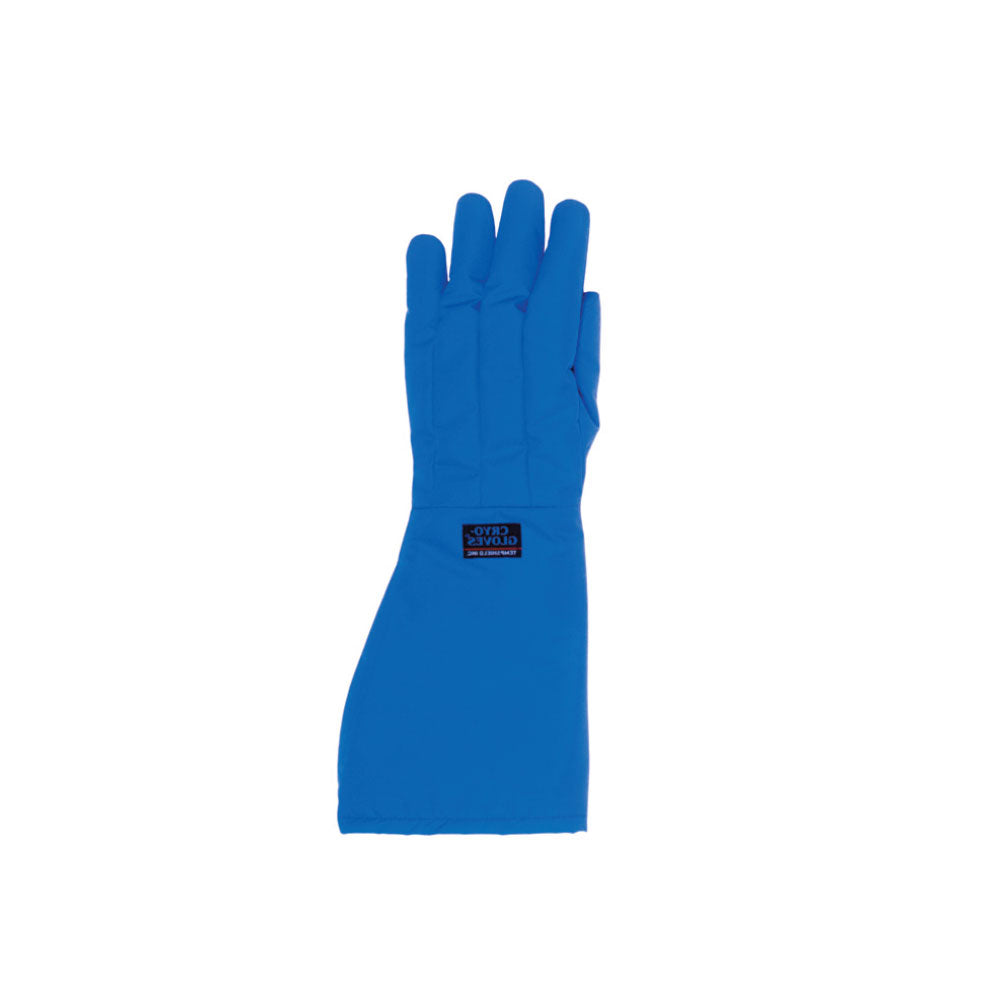Test Conducted: • Abrasion as per EN 388 is 3: Based on the number of cycles required to abrade through the sample glove (abrasion by sandpaper under a stipulated pressure). The protection factor is then indicated on a scale from 1 to 4 depending on how many revolutions are required to make a hole in the material. The higher the number, the better the glove. • Cut as per EN 388 is 2: Based on the number of cycles required to cut through the sample at a constant speed. The protection factor is then indicated on a scale from 1 to 4. • Tear as per EN 388 is 2: Based on the amount of force required to tear the sample. The protection factor is then indicated on a scale from 1 to 4. • Puncture as per EN 388 is X: Based on the amount of force required to pierce the sample with a standardly sized point. The protection factor is then indicated on a scale from 1 to 4. • TDM blade cut resistant as per EN 388 is X (X means not tested): The glove sample is placed on a conductive strip and loaded onto the TDM-100. When the metal blade touches the metal strip, the test is terminated. A straight blade is loaded into the machine. Weight is added to serve as a force. The blade moves across the fabric. The blade is replaced with a new one to ensure accuracy. The sample is cut five times, each with three different loads. The distance travelled to cause cut through at various forces is recorded. The data is used to determine the load required to cut through the sample. • Resistance to convective cold as per EN 511:2006 is 3: This is measured based on the transfer of cold through the glove via convection. A model hand heated to body temperature is subjected to a cold room; the resistance to the room’s climatic temperature and also the energy required by the hand to maintain a constant temperature are both measured to arrive at a final score. • Resistance to contact cold as per EN 511:2006 is 3: This measures how protective the gloves is when it put into direct contact with a cold object or source. The sample is placed between a warm plate and a cold plate before an extractor fan is used to cool both plates further, the results are then compared to a reference standard and a final level decided. • Waterproof/Permeability by water EN 511:2006 is 1: These tests ensure that your hands will be completely safe from water seeping in and is simply a pass or fail - if the glove cannot withstand water permeating its fabric after 30 minutes of exposure it will fail. Receiving a Level 0 on this test does not necessarily mean these gloves do not perform highly in the other two areas and can still earn them accreditation. All gloves that achieve this standard must also pass at least level 1 of the EN 388 abrasion tests, so you can be sure your hands are in good gloves.




























